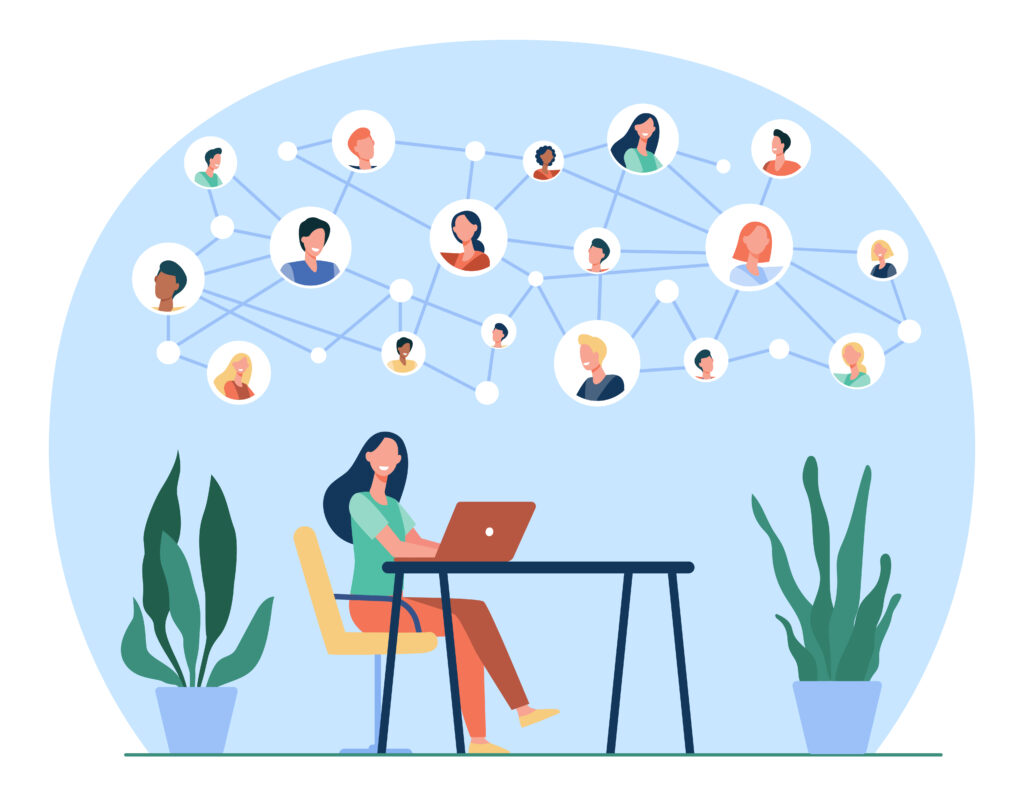Community Reporting Methods
The NOI Project aims to understand how stories’ impact can be measured, that’s why we worked on a Toolkit for practitioners and facilitators that will help them to use storytelling as a tool for the creation and the measurement of impact.
There are plenty of methods for measuring the impact with stories. Impact measurement remains a challenge for many organisations but if approached creatively and innovatively, impact measurement can be a benefit rather than a burden.
Among the few we discussed in the Toolkit, a method in particular needs more attention. It’s the Community Reporting Method.
Community Reporting
Community Reporting has been developed across Europe as a mixed methodological approach for enhancing citizen participation in research, policymaking, service development, and decision-making processes. It uses digital, portable technologies to support people to tell their own stories, in their ways via peer-to-peer approaches.
But what enables Community Reporting to work well? Of course, there needs to be an organisational culture that accepts unforeseen outcomes and failure; then the story gatherers must have excellent facilitation skills, that demonstrate the value of the stories. Adequate time is needed to apply the method, depending on the project, training, gathering of stories and sense-making can take time. And finally, there must be a commitment from senior management.
There are two activities used in the Community Reporting Method that can be useful to measure impact.
Activity One: The Snapshot Story
Snapshot stories gather people’s perspectives and experiences quickly. It only has one question, and it can be a good introductory storytelling activity. First of all:
- Pick a topic pertinent to your context (e.g., measuring impact)
- Work with storytellers to develop an open question based on this topic (e.g., How has the project/service/programme affected you? What skills have you gained from the project/service/programme? What have you learned from this experience?)
- Create a space in which people can share their responses with you. You might want to think about how you could record these stories for future activities. Some ideas for this include:
- people could write down their answers on Post-it notes and share them on a board, and these can be photographed
- people could record their responses as short audio or video files on smartphones
The next activity below is one way that you can work with stories to create change.

Activity Two: Story Dialogue
Story dialogue, based on the work of Labonte and Feather (1996), is a way of working with lived experience as a tool for learning and change in a practical way. It helps us to:
- Actively listen to people’s experiences.
- Connect with people’s experiences and relate them to our own experiences of the world.
- Think about what we have learned from people’s stories and what future action it may prompt.
To deliver a story dialogue activity, you should:
- Get together a group of people you would like to influence with the stories you have gathered
- Show them a story, an extract from a story or a set of short stories. You could do this by asking people to read stories, view photographs or listen to video and/or audio recordings.
- When people have ‘viewed’ the story, you should ask them to identify the key messages in it. You could ask them to do this verbally or by writing them down and then sharing their thoughts.
- You should then ask them to share how the stories resonate or relate to their own experiences. Again, you could ask them to do this verbally or by writing them down and then sharing their thoughts.
- You should ask the group to identify what are the key learning points from the stories that relate to the service/context you are working in and how this learning can be used. Again, you could ask them to do this verbally or by writing them down and then sharing their thoughts.
- Finally, you should ask everyone in the group to identify one key action they can do immediately the learning into practice. Now you should highlight how we all have some power/influence (however small that may be). Again, you could ask them to do this verbally or by writing them down and then sharing their thoughts.
To understand more about how stories’ impact can be measured, read the Toolkit.
